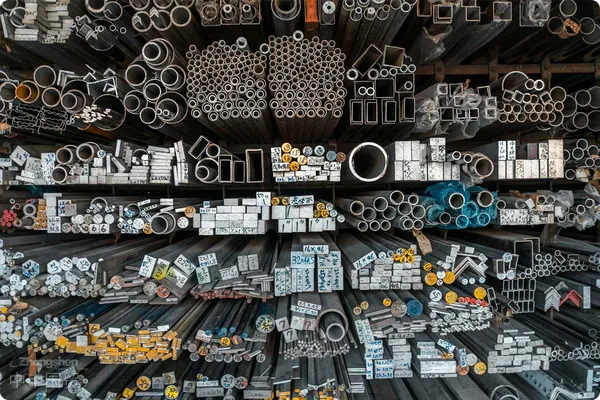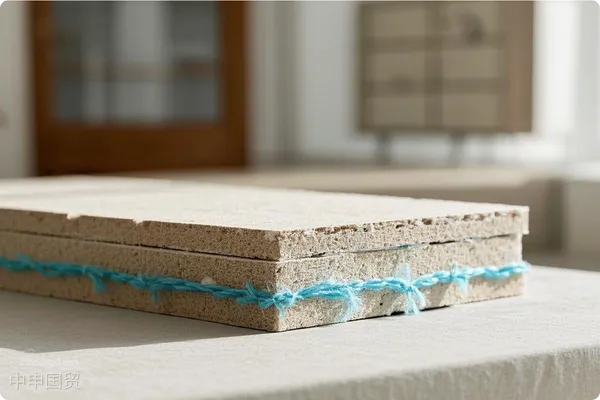- Shanghai Zhongshen International Trade Co., Ltd. - Two decades of trade agency expertise.
- Service Hotline: 139 1787 2118

Exporting mattresses to the US indeed involves complex trade rules and high tariff issues, especially under the influence of anti - dumping policies. When dealing with such issues, enterprises need to fully understand US import regulations and possible trade restrictions. This article provides a series of strategies and suggestions to help avoid trade risks and optimize tariff costs, which can help avoid or mitigate the impact of similar problems in the future:
Prior Investigation and Confirmation
(1) Familiarize with target - market regulations:Before exporting, thoroughly understand and confirm the tariff policies, anti - dumping regulations, and other relevant laws of the target market. You can obtain accurate information by consulting professional international trade lawyers or trade consultants.
(2) Communicate with local agents:Timely communicate with agentsImport Representationor partners in the destination country to understand the latest local customs policies and import requirements.
Risk Management
(1) Diversified market strategy:Avoid relying on a single market and explore diversified markets to spread the risks brought about by policy changes in a specific market.
(2) Select appropriate international trade terms:When signing a contract with the buyer, choosing appropriate international trade terms (such as DDP – Delivered Duty Paid) can transfer the tariff and customs clearance responsibilities to the exporter, reducing the operational pressure on the buyer.
Tariff Management and Optimization
(1) Utilize free trade agreements:Study whether there are applicable free trade agreements or tariff reduction policies and use these agreements to reduce the tariff burden.
(2) Certificate of origin documents:Ensure that all exported products have correct certificate of origin documents to meet the requirements for possible tariff reductions.
Response Measures
(1) Preparation before the arrival of goods:Before the goods arrive in the destination country, ensure that all required documents and permits are ready.
(2) Emergency response plan:Prepare an emergency plan for possible customs inspections, tariff adjustments, or other unexpected events.
Compliance and Transparency
(1) Transparent supply chain:Maintain a transparent and compliant supply chain to reduce doubts about the products origin and manufacturing process.
(2) Compliance documents and records:Ensure the integrity and traceability of all transaction records and related documents.
This case of mattress customs clearance highlights the importance of timely obtaining and responding to market - changing information. At the same time, cooperating with an experienced customs broker to ensure that they can quickly adapt to policy changes and provide effective customs clearance services is crucial for successfully entering a complex market.
Related Recommendations
? 2025. All Rights Reserved. 滬ICP備2023007705號-2  PSB Record: Shanghai No.31011502009912
PSB Record: Shanghai No.31011502009912










